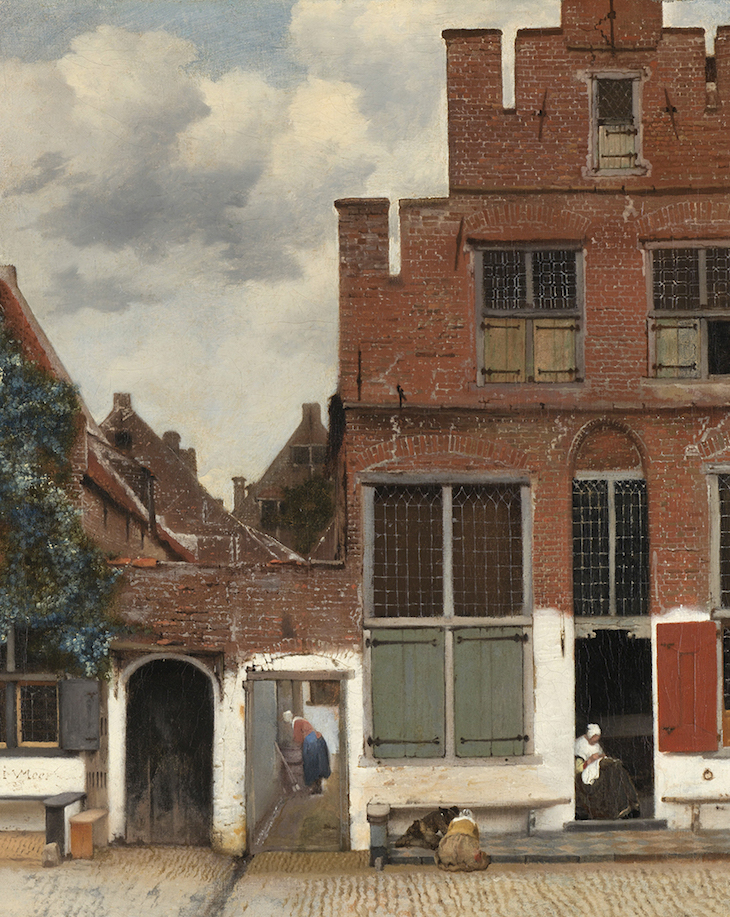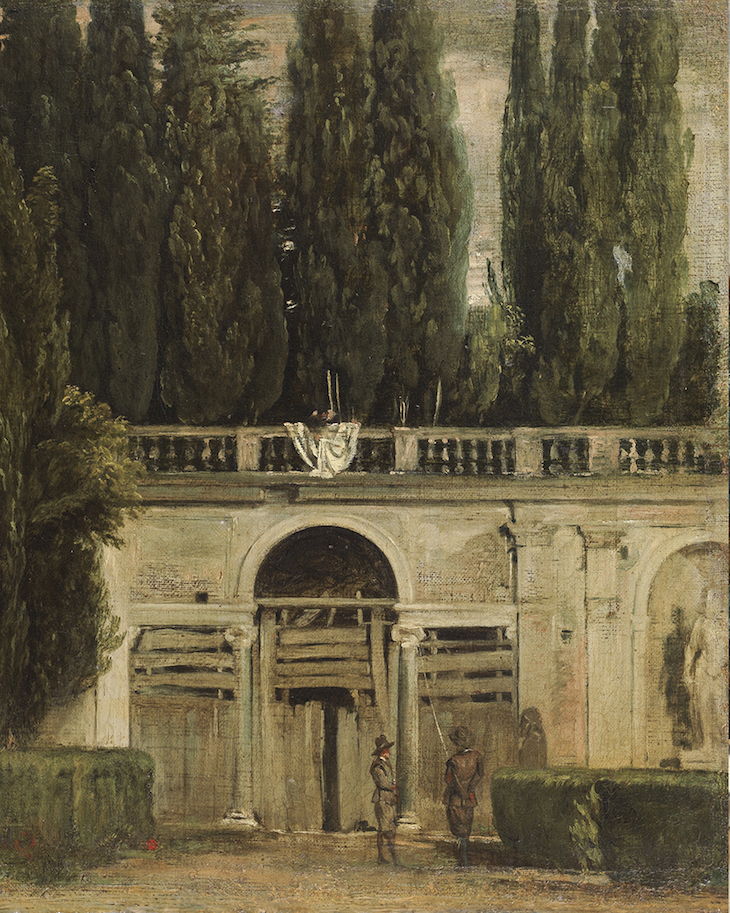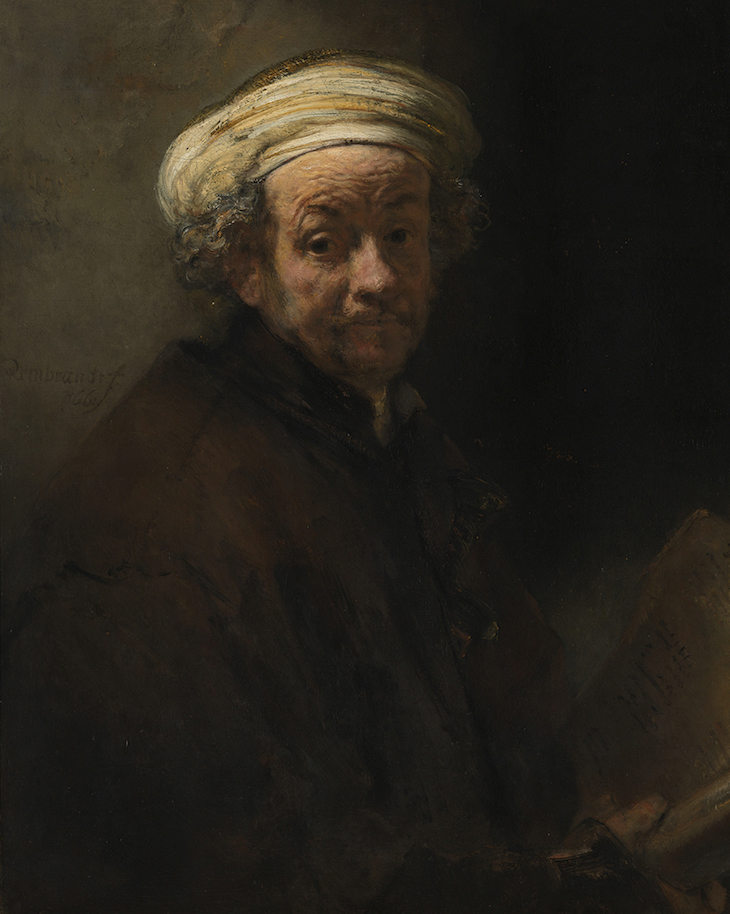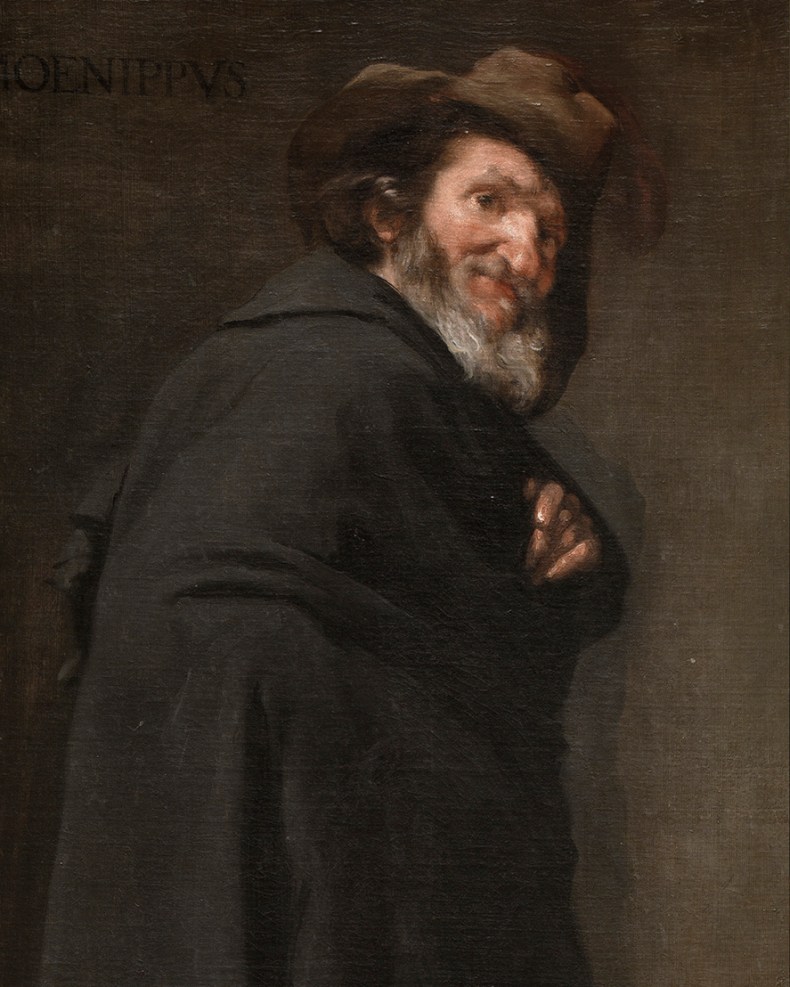Catholic Spain and the Protestant Low Countries were at variance in the late 16th and early 17th centuries – but both experienced distinct Golden Ages for painting. This exhibition presents an opportunity to discover unexpected affinities between masterpieces by Rembrandt, Velázquez, Vermeer, El Greco, and many more. Find out more from the Prado’s website.
Preview the exhibition below | View Apollo’s Art Diary here

View of Houses in Delft, Known as The Little Street (c. 1658), Johannes Vermeer. Rijksmuseum, Amsterdam
Vermeer’s street scene, in which two children play and a woman sweeps – while another is glimpsed through a doorway at her needlework – is celebrated both for its meticulous realism, achieved with a limited palette, and for the bold, cropped composition, which breaks the sky up into rectangles and triangles upon the canvas.

View of the Gardens of the Villa Medici, Rome (c. 1630), Diego Velázquez. Museo Nacional del Prado, Madrid
Paired with Vermeer’s Little Street is this work by Velázquez, unusual in the Spanish painter’s oeuvre in that it presents no narrative to the viewer. As in the Vermeer street scene, architecture and light are the main focus here.

Self Portrait as the Apostle Paul (1661), Rembrandt van Rijn. Rijksmuseum, Amsterdam
One of more than 40 painted self-portraits by Rembrandt, this example shows the painter at 55. He can be identified as Saint Paul through the hilt of the sword that protrudes from his coat, and by the book he holds. The light that shines from the left casts the figure half in shadow, giving an overall effect of solemnity that is emphasised by the artist’s expression.

Menippus (c. 1638), Diego Velázquez. Museo Nacional del Prado, Madrid
Rembrandt’s self-portrait (above) is hung in the exhibition with this work by Velázquez. It was possibly painted for King Philip IV’s hunting lodge, Torre de la Parada, where it would have hung alongside other works by the painter of court jesters. In the humanist tradition, Menippus was known as a Cynic philosopher who satirised fools with pretensions to wisdom; the paintings together would have presented a warning to the king not to forget the wisdom of common people.











![Masterpiece [Re]discovery 2022. Photo: Ben Fisher Photography, courtesy of Masterpiece London](http://www.apollo-magazine.com/wp-content/uploads/2022/07/MPL2022_4263.jpg)
Do portraits have an image problem?